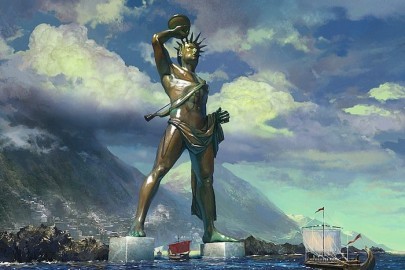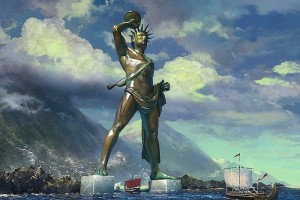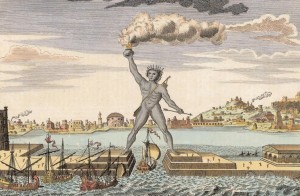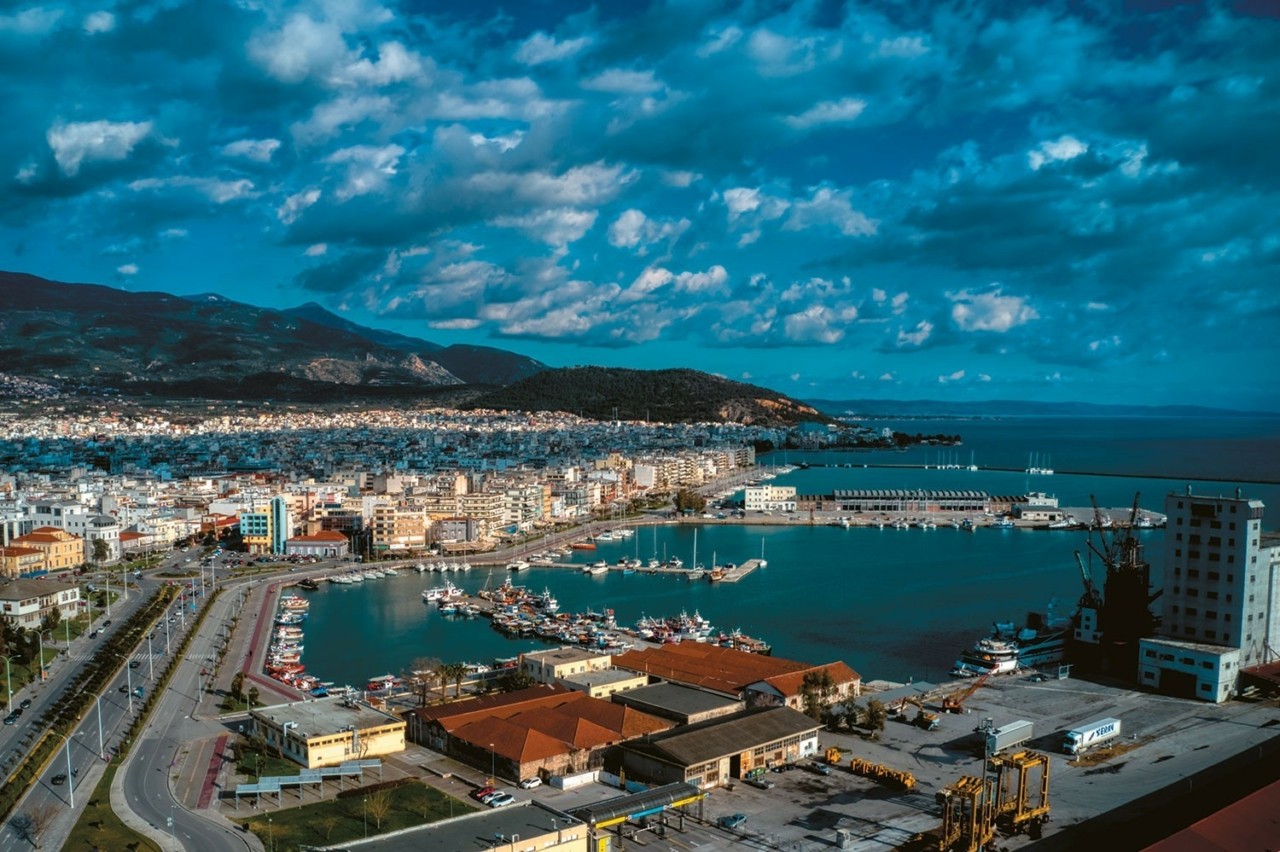The island of Rhodes, the “Kállisti” (trnslt. “the most beautiful”) of the Greek cities as ancient historians liked to call it, has long attracted the attention of the world due to its beautiful beaches, rich history and advanced civilization.
Rhodes was a city with philosophical and ritual schools, conservatories, markets, stadiums, harbours and at least 3,000 statues.
The masterpiece of all though was the Colossus of Rhodes; a huge bronze statue, about 30 meters tall that portrayed the God of Sun, Helios. The construction of the Colossus lasted for 12 years, but the statue was later destroyed in 226 BC, because of an earthquake.
Most people today, only know the Colossus of Rhodes as one of the 7 Wonders of the Ancient World.
Some interesting lesser known facts about the magnificent statue are:
1) Its relation with the Statue of Liberty. Both monuments were built as symbols of freedom. The Statue of Liberty has been referred to as the “Modern Colossus” and is 34 meters tall. There is also a plaque inside the pedestal of Statue of Liberty that is inscribed with a sonnet called “The New Colossus, not like the brazen giant of Greek fame”.
2) There has been a debate among historians about whether the statue was standing with one foot on either side of the Rhodes’ harbour. Some have discounted this theory and believe that he stood in a more usual Greek statue pose, on one side of the harbour. If Colossus was built with its legs straddling the harbour, then the harbour would have had to been closed for 12 years for the initial construction, and then it would have been blocked for years when the statue fell.
3) The statue was actually built with an iron frame, and over it the Rhodians used carved and sculptured brass plates to create the outer structure of Helios.
4) The architect of the Colossus was Charles of Lindos; a student of the famous sculptor Lysippus, who had previously created a 19 meter tall statue of Zeus.
5) In the 7th century A.D., the Arabs conquered the Rhodians, dismantled the leftovers of the destroyed Colossus, and later sold it as scrap metal. It took approximately 900 camels to carry away all the scrap metal.
6) Finally, Ptolemy III, the king of Egypt, offered to pay for the Colossus’ reconstruction, but the Rhodians refused because they believed that Helios; being angered by the construction of the statue, was the one who caused the earthquake that destroyed it.
Source: greekreporter.com
Ask me anything
Explore related questions







